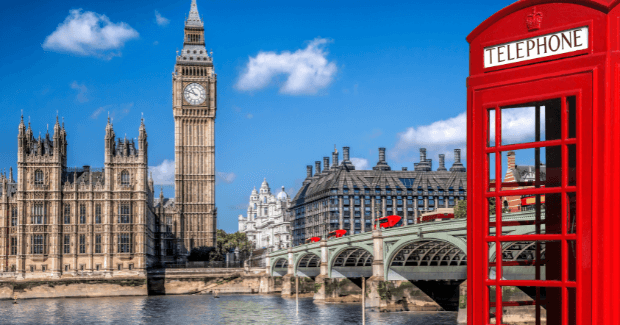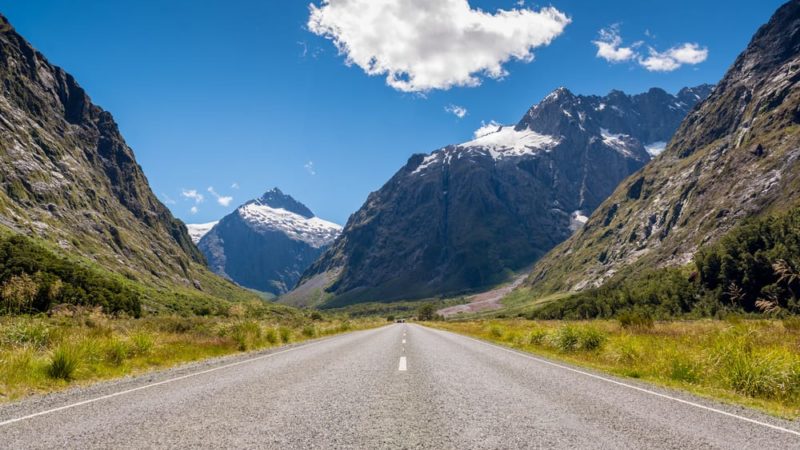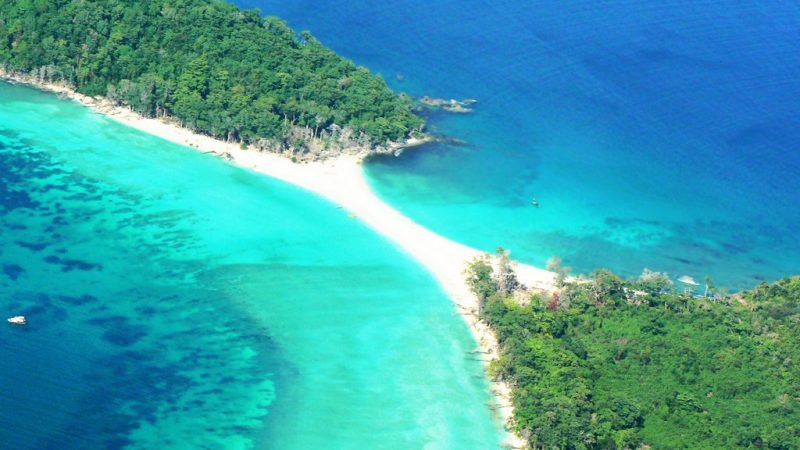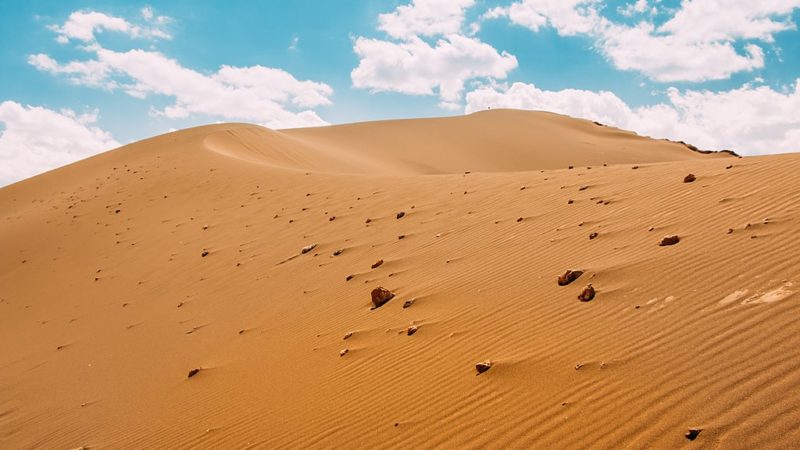Highest Mountains In India
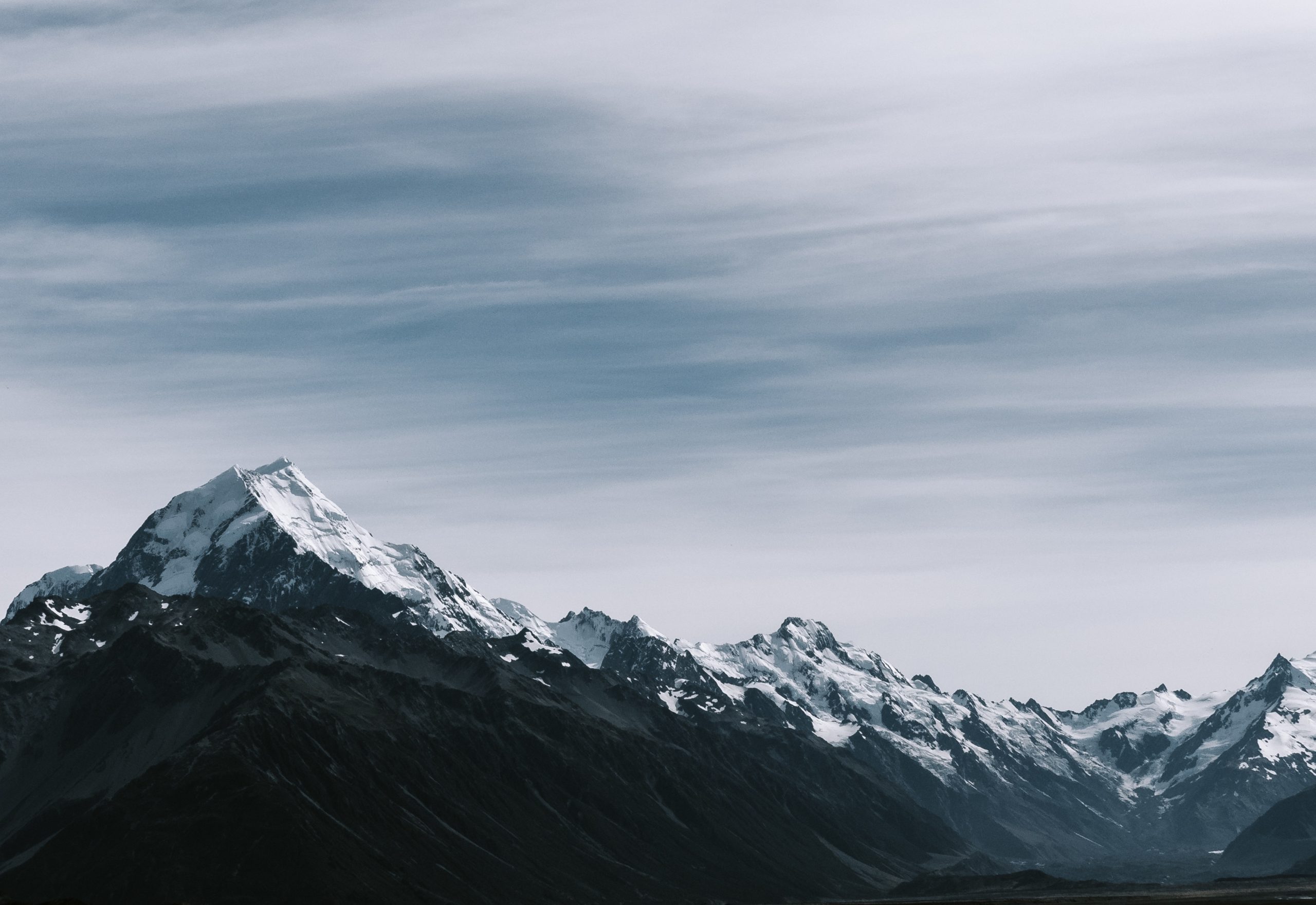
Mountains are a storehouse of natural resources and occupy about 26.5% of the global land surface area to support more than 50% of the world population. Several studies reveal that about 30% of the land is covered by mountains in India. India is a house to some of the highest mountain ranges in the World. Let’s find out which are these.
Mount Kanchenjunga – 8,598m
Mount Kanchenjunga is one of the highest mountain peaks in India and the third-highest in the World. It rises to an elevation of 8,598. It is situated in the Kanchenjunga Himal area of the Himalayan Mountain Range between the boundary of Nepal and India.
The name of this mountain peak is derived from a Tibetan word meaning “the five treasures of the high snow”. Three out of five Kanchenjunga peaks are located in the boundary of Sikkim and East Nepal. The other two peaks are situated in Taplejung, Nepal.
Since old times, Mount Kanchenjunga has been admired by the people of Sikkim and Darjeeling. This is why earlier, any act of climbing the summit was considered a disrespect to people’s religious beliefs. Two English Mountaineers, George Band and Joe Brown, successfully became the first-ever climbers to climb Mount Kanchenjunga on May 25, 1955.
However, they did not ascend further to the summit as per the promise made to Chogyal and stopped at a short distance before the summit.
Mount Nanda Devi – 7,816m
The second highest mountains in India are Mount Nanda Devi, with an elevation of 7,816. It is situated entirely within the country in the Chamoli Garhwal district of Uttarakhand. It is the 23rd highest mountain in the World.
Nanda Devi is a part of the Garhwal Himalayas and has two peaks- shorter eastern and higher western summits. These peaks are known as the Goddesses Nanda and Sunanda and are considered sacred by the Kumaon people. The glaciers and the snowmelt of these mountains feed several streams and rivers, including Pindar, Rishiganga and Dhauliganga rivers.
To protect the fragile ecosystem of these mountains, the Government of India started the Nanda Devi Biosphere Reserve in 1982. Since 1988 The Nada National Park has been a designated World Heritage Site by UNESCO due to its natural and cultural significance.
Read more-Most Beautiful Mountains You must Visit
Mount Kamet – 7,756m
Mount Kamet has an elevation of 7,756m and is the third highest mountain in India and 29th in the World. This mountain peak is surrounded by three major neighbouring peaks and is situated near the Tibetan Plateau. Mount Kamet is home to many rivers and glaciers.
Frank Smythe, Kewa Sherpa, R.L. Holdsworth and Eric Shipton became the first-ever climbers to climb Mount Kamet on June 21, 1931. After Nanda Devi, mount Kamet holds the record of the first Himalayan summit that reaches more than 7,620m and is climbed successfully by humans. Due to the remote location, this mountain is comparatively less accessible.
Saltoro Kangri/K10 – 7,742m
Mount Saltoro Kangri has an elevation of 7,742m, making it the 31st highest mountain in the World. This is the highest peak of the Saltoro Mountains range. It is located on the Actual Ground Position Line between the Indian (Siachen) and Pakistan territories.
Japanese mountaineers A. Saito and Y. Takamura and Pakistani climber R.A. Bashir became the first-ever climber to climb the Saltoro Kangri on July 24, 1962. Saltoro Kangri mountain has also been a source of territorial disputes between Pakistan and India, which is why it does not attract tourists.
Saser Kangri I/K22 – 7,672m
Mount Saser Kangri is the 5th highest mountain in India, rising to an elevation of 7,672m. It is situated in Ladakh and is the highest peak of Saser Muztagh, the easternmost subrange of the Karakoram mountains.
It was climbed for the first time on June 5, 1973, by climbers Da Tenzing, Dawa Norbu, Thondup and Nima Tenzing.
Mamostong Kangri/K35 – 7,516m
Mount Mamostong Kangri is raised on an elevation of 7,516 m and is the 48th highest mountain in the World. It is situated in the Indian Union Territory of Ladakh near the Indo-China border. This is the highest peak of Rimo Muztagh, which is a subrange of the Karakoram mountains.
Saser Kangri II E – 7,513m
Mount Saser kangri II E is the 49th highest mountain in the World, with an elevation of 7,513m. It is situated within the Indian Union Territory of Ladakh. It is among the highest peaks of Saser Muztagh, located in the eastern subrange of Mountain Karakoram.
Saser Kangri III – 7,495m
This mountain rises to an elevation of 7,495m and is the 51st highest mountain in the World. It is also located in Ladakh in the eastern subrange of Mountain Karakoram.
Team Kangri I – 7,462m
Another one of the highest mountains in India is Team Kangri rising to an elevation of 7,462m. It is the 9th highest mountain in India and 56th in the World. It is the highest peak of Team Kangri group and Siachen Muztagh.
Mount Team Kangri is situated on the border of the Siachen glacier region and China close to LOC. The northeastern mountain peaks are situated in the China-controlled territory, while the southwestern side lies in the Siachen region in control of India. Some Japanese expedition members, on August 10, 1975, made their first ascent to Mount Team Kangri l.
Jongsong Peak – 7,462m
The Jongsong Peak is located in the Janak area of the Himalayan Mountains range. Its summit is situated on a tripoint of India, Nepal, and China. It is the 57th highest mountain in the World. On June 2, 1930, it was climbed for the first time by members of the German Expedition. Jongsong Peak holds the record of the highest climbed mountain peak.
Final Words:
Like you read, most of these mountains in India are a part of the massive Himalayan Mountain Range and are revered as “Sacred” by the country’s religious communities. These highest mountains also serve immense economic value because of their unique flora and fauna, and natural beauty attracts a large number of tourists. However, these mountains are being affected highly due to climatic changes in recent decades. High temperature is melting glaciers and is affecting the region’s hydrology pattern adversely.
We hope you find this post on the highest mountains in India and the World informative. Before leaving, drop a comment below.

